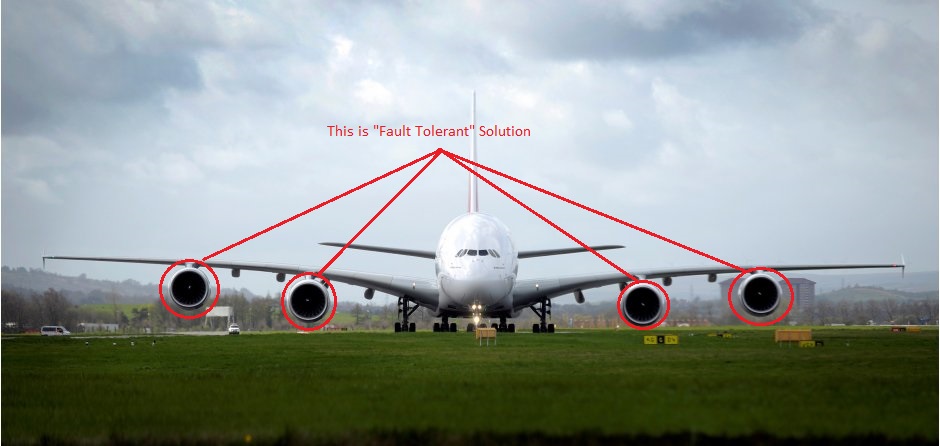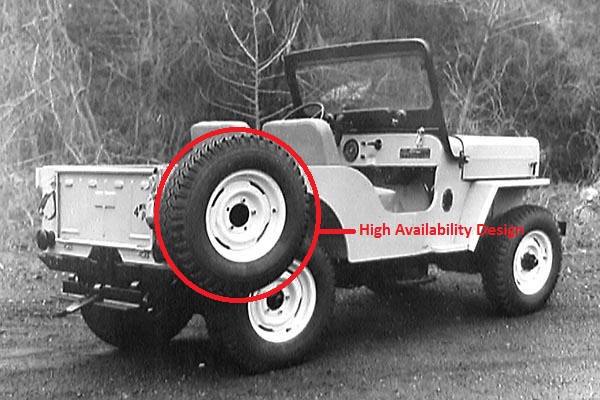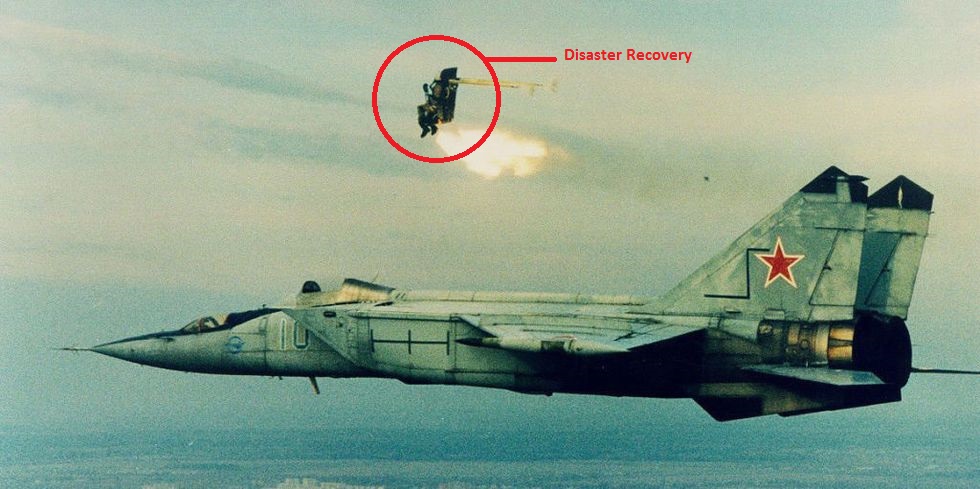This article discusses the subtle differences between fault tolerance, disaster recovery and high availability.
Fault Tolerance Link to heading
- Fault tolerant system continues to operate either in optimal or degraded state even after facing single or multiple failures.
- Fault tolerant system strives for zero downtime.
- Replicating same component is not enough to achieve fault tolerance, rather multiple components make the overall system fault tolerant.

High Availability Link to heading
- Highly available system doesn’t prevent outages.
- Highly available system does guarantee that outages will be brief, because it will not take much time to redeploy the required component. Generally failover from outage is automatic.
- Multiple components can be designed to be highly available to make the overall system fault tolerant.

Disaster Recovery Link to heading
- Murphy’s law
whatever can go wrong, will go wrong. If failures of system are not addressed, it will eventually lead to system outage. - Disaster Recovery is about set of policies and procedures about recovering data from failed infrastructure caused by disruptive events such as power outage, flood or cyberattack.
- Recovered/Backedup data is generally migrated/moved to new infrastructure.
